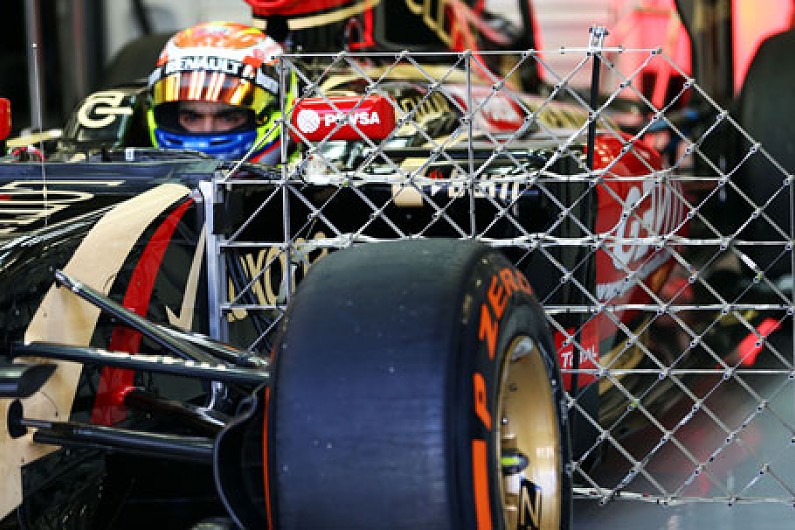A discussion on the air into the side vents is a constantly reoccurring discussion.
It is easy to understand the air off the window and the sharp angle of the A-pillar separates the air from the side of the car. I think there are some ways to bring the air back but I wanted to quantify it.
A piece of yarn or a location pressure don't exactly give you a lot of information. The main thing is the movement of air.
I built a circuit with 5 drone air speed sensors. The plan is to mount them at the rear of the door in front of the scoop. They will be spaced out from the side of the car in incremental distance.

The circuit is reading the airspeed of each sensor and the speed from a GPS. It logs each reading in coma deliminated format on an SD card in a TXT file which can be pulled into a spread sheet.
The circuit board is one I scarfed from a different project.
I would expect to see the air speed read equal at a very low speed. As the car speeds up, the speed of the outer sensors would climb more than the sensors closer to the car.
With a baseline I would like to add things to the A-pillar to see if I can bring the flow back.
That's the idea any way.
Gary




















